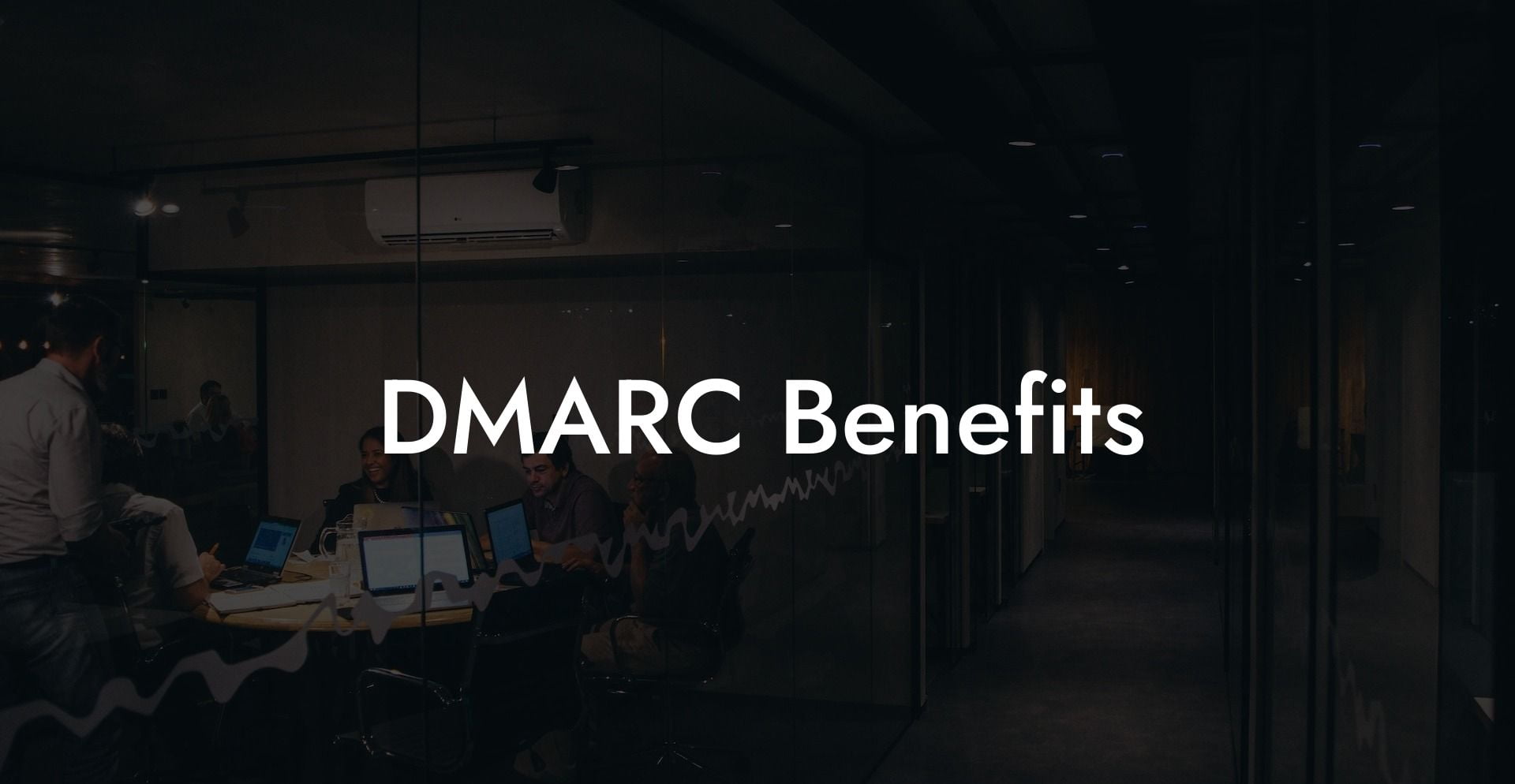In the rapidly evolving digital world, email security has become a significant concern for businesses and individuals. With the rise of phishing attacks and email fraud, organizations are constantly searching for ways to protect their communication systems and ensure that sensitive information stays safe. One of the robust email authentication and reporting mechanisms adopted by organizations is Domain-based Message Authentication, Reporting, and Conformance (DMARC). In this blog post, we will explore the benefits of implementing DMARC and how it can be a vital component in your cybersecurity strategy.
DMARC Benefits Table of Contents
2. Improved Deliverability Rates
3. Brand Reputation Protection
1. Enhanced Email Security
DMARC effectively helps to protect your domain from phishing attacks, email spoofing, and other unauthorized activities. By implementing DMARC, your organization can warrant that only legitimate emails are sent from your domain. This is achieved by validating that the email's message authentication — Sender Policy Framework (SPF) and Domain Keys Identified Mail (DKIM) — align with the domain name found in the "From" address. With this level of email security, you can be certain that your organization is protected from fraudulent emails.
How does DMARC achieve this?
- DMARC ensures that the domain in the "From" header matches the domain in the SPF or DKIM.
- It provides a mechanism for the receiver to report back to the sender about messages that pass or fail this validation, allowing the sender to monitor their email traffic and make necessary adjustments.
2. Improved Deliverability Rates
Protect Your Data Today With a Secure Password Manager. Our Top Password Managers:
By verifying that emails sent from your domain are legitimate, you increase the likelihood of your emails being delivered to the intended recipients' inboxes. Many email service providers (ESPs) consider DMARC a reliable indicator of email legitimacy. With DMARC in place, your emails are more likely to land in the recipient's inbox rather than the spam folder.
3. Brand Reputation Protection
Phishing attacks can tarnish your brand image and lead to loss of customer trust. Implementing DMARC helps protect your brand's reputation by reducing the likelihood of email fraud associated with your domain. By thwarting phishing attacks, your organization maintains its credibility, ensuring customer confidence in your brand.
4. Increased Visibility and Control
Another significant benefit of DMARC is its reporting capability that offers you insight into your domain's email traffic. DMARC reports provide valuable information on the emails being sent using your domain and the authentication status of each message. This visibility enables you to monitor potential issues, such as misconfigurations and unauthorized usage of your domain, and take corrective actions to ensure the integrity of your email communication.
Types of DMARC Reports:
- Aggregate Reports: These provide a high-level view of the authentication results for your domain, including the number of passed and failed messages.
- Forensic Reports: These offer more detailed information on individual email messages that failed DMARC authentication, helping to identify specific issues.
5. Simplified Email Authentication Management
DMARC simplifies and unifies the management of SPF and DKIM authentication protocols by providing a single point of configuration for policies and reports. This makes it easier for IT administrators to monitor and safeguard their email infrastructure.
DMARC Benefits Example:
Imagine an ecommerce company that regularly communicates with its customers through email, offering deals and promotions, shipping notifications, and customer service. As the company's brand grows, their domain becomes a prime target for phishing attacks, with cybercriminals impersonating the brand to deceive customers into revealing sensitive information. To safeguard their brand reputation and protect their customers, the ecommerce company decides to implement DMARC, following these steps:
1. The company sets up and appropriately configures SPF and DKIM records for their domain.
2. They then create a DMARC record specifying their email authentication policy and reporting requirements.
3. In the following weeks, the company monitors their DMARC reports to fine-tune their email infrastructure and authenticate the legitimate sources of emails.
4. As a result, the customers of the ecommerce company receive authentic and secure emails, while phishing attempts are flagged and blocked.
Implementing DMARC provides invaluable benefits for your organization's email security and brand reputation. By securing your domain and establishing a trusted email environment, your organization takes a proactive stance against email fraud. Don't hesitate to share this post with colleagues and friends who might benefit from understanding the importance of DMARC. For more insights on cybersecurity and voice phishing, explore our other comprehensive guides on Voice Phishing.
Protect Your Data Today With a Secure Password Manager. Our Top Password Managers:















